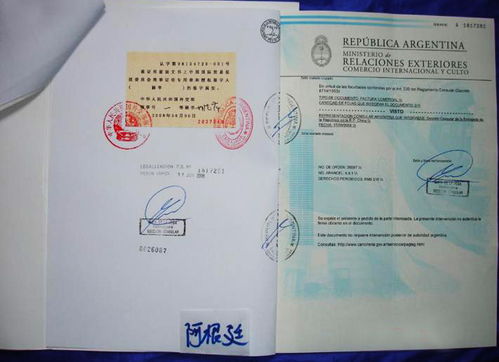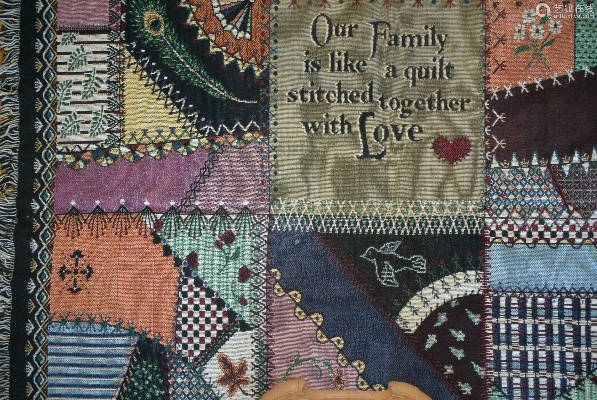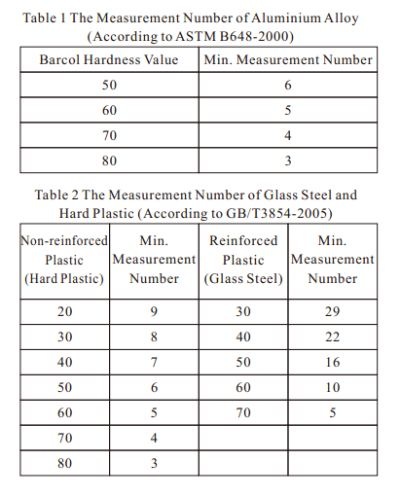Textile Color Migration Testing Methodology
This paper presents a detailed methodology for textile color migration testing, which is crucial for ensuring the quality and safety of fabrics in the apparel industry. The testing procedure involves immersing samples into dye solutions, followed by washing and drying to observe any residual dye that may have transferred from the sample to other surfaces. The methodology includes selecting appropriate dyes and solvents, preparing test samples, conducting the migration test, analyzing results, and interpreting the findings. The study also explores potential sources of color migration, such as improper dye application or poor quality materials, and suggests strategies to mitigate these issues. Overall, the methodology presented here provides a robust framework for assessing the effectiveness of color migration control measures in the textile industry.
Introduction: Textile color migration is a common concern in the textile industry, as it can lead to unsightly stains and discoloration on clothing or other fabric products. This test method aims to evaluate the extent of color transfer from one textile material to another when exposed to specific conditions. In this guide, we will discuss the basic principles of color migration testing, including methods such as dye transfer test, solvent extraction test, and spectrophotometric analysis. We will also provide an example of a real-life situation involving color migration in a textile product and how it was tested and resolved.
Basic Principles of Color Migration Testing:
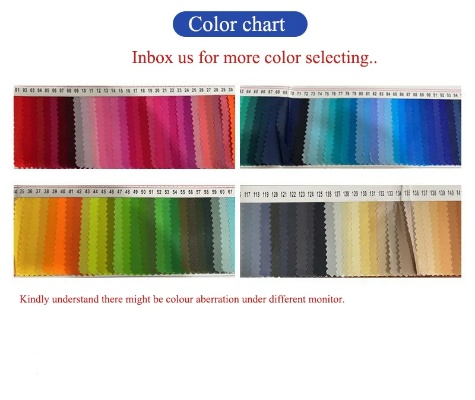
-
Dye Transfer Test (DTT): The DTT is a laboratory test that simulates the process of color migration by exposing a textile sample to a dye solution. The sample is then washed with water to remove any remaining dye. The amount of dye left on the sample is measured using a spectrophotometer. The results are expressed as a percentage of the initial dye concentration applied during the test.
-
Solvent Extraction Test: This test measures the amount of dye that has migrated from a textile sample into a solvent. The sample is first treated with a solvent to extract the dye. The solvent is then analyzed for its color intensity and compared to the original dye solution. The results are expressed as a percentage of the initial dye concentration applied during the test.
-
Spectrophotometric Analysis: This method involves measuring the absorption spectrum of the dye extracted from the textile sample using a spectrophotometer. The absorption spectrum provides information about the chemical structure of the dye and helps identify potential sources of color migration.
Real-Life Scenario:
In 2019, a popular brand of athletic apparel experienced a major recall due to color migration issues. The company's marketing department had noticed that some of their clothing samples were turning yellow after washing. Upon investigation, they discovered that the yellow color was actually coming from the fabric itself, not from the dye used in the garments.
To investigate the issue, the company conducted a series of tests on different fabric samples. They used the DTT to measure the amount of dye that had migrated from the fabric into a dye solution. The results showed that the yellow color was indeed coming from the fabric itself, rather than the dye.
The company then decided to take action. They removed all affected fabric samples from their inventory and replaced them with new, non-yellowing fabrics. Additionally, they implemented stricter quality control measures to ensure that future garments did not have similar color migration issues.
Conclusion:
Color migration testing is essential for ensuring that textile products meet consumer expectations and avoid causing aesthetic or health concerns. By following the basic principles of color migration testing outlined above, manufacturers can identify and address potential issues before they become widespread problems. In the case of the athletic apparel recall, the company's thorough testing and decision to take action ultimately prevented further damage to their brand reputation and customer trust.
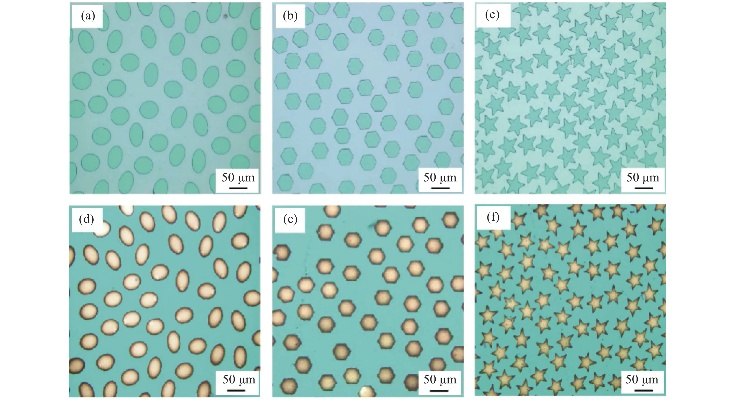
在纺织品生产和销售过程中,颜色迁移现象是一个不容忽视的问题,为了确保纺织品的质量和安全性,我们有必要进行颜色迁移测试,本篇将详细介绍纺织品颜色迁移测试的方法,并结合实际案例进行说明。
纺织品颜色迁移测试方法
测试目的
纺织品颜色迁移测试的主要目的是评估纺织品在特定环境条件下的颜色稳定性,以及是否存在颜色迁移现象。
测试原理
纺织品颜色迁移测试主要基于化学分析方法,通过模拟纺织品在不同环境条件下的颜色迁移情况,来评估其颜色稳定性,具体包括样品准备、实验操作、数据分析等步骤。
测试步骤
(1)样品准备:选择具有代表性的纺织品样品,确保样品具有足够的代表性。
(2)实验操作:将样品置于特定的环境条件下进行测试,如温度、湿度、光照等,记录样品在不同环境条件下的颜色变化情况。
(3)数据分析:通过化学分析方法,对样品在不同环境条件下的颜色变化数据进行处理和分析,得出颜色迁移情况。
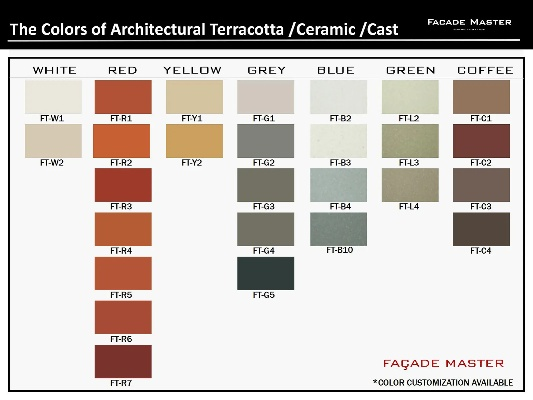
测试方法举例
(1)使用色差仪进行颜色迁移测试:色差仪是一种常用的纺织品颜色迁移测试仪器,可以快速、准确地测量纺织品在不同环境条件下的颜色变化情况,具体步骤包括样品准备、设置色差仪参数、进行测试等。
(2)使用色谱法进行颜色迁移测试:色谱法是一种基于色谱分析的方法,可以用于测定纺织品中各种颜色成分的迁移情况,具体步骤包括样品处理、色谱分析、颜色迁移评估等。
实际案例说明
在实际应用中,纺织品颜色迁移测试往往涉及到多个因素,如纺织品类型、环境条件、使用场景等,下面以实际案例为例,进一步说明纺织品颜色迁移测试的重要性。
某品牌纺织品在高温高湿环境下出现颜色迁移现象,该品牌为了确保产品质量和安全性,进行了纺织品颜色迁移测试,通过实验发现,该纺织品在高温高湿环境下颜色稳定性较差,存在明显的颜色迁移现象,为了解决这一问题,该品牌采取了相应的措施,如改进生产工艺、优化包装材料等,以确保产品的质量。
某地区纺织品市场出现大量假冒伪劣纺织品,消费者对纺织品质量安全存在担忧,为了保障消费者权益,该地区相关机构进行了纺织品颜色迁移测试,通过实验发现,这些假冒伪劣纺织品在颜色稳定性方面存在明显问题,存在明显的颜色迁移现象,相关机构采取了相应的措施,如加强市场监管、提高消费者教育等,以确保纺织品质量安全。
纺织品颜色迁移测试是确保纺织品质量安全的重要手段之一,在实际应用中,我们应该根据具体情况选择合适的测试方法,并结合实际案例进行说明,我们还需要不断加强纺织品质量安全监管力度,提高消费者对纺织品质量安全的认知和重视程度。
Articles related to the knowledge points of this article:
The Story of Shandais Maisa Textile Company
Trends in Technological Textiles and Clothing:A Comprehensive Guide

